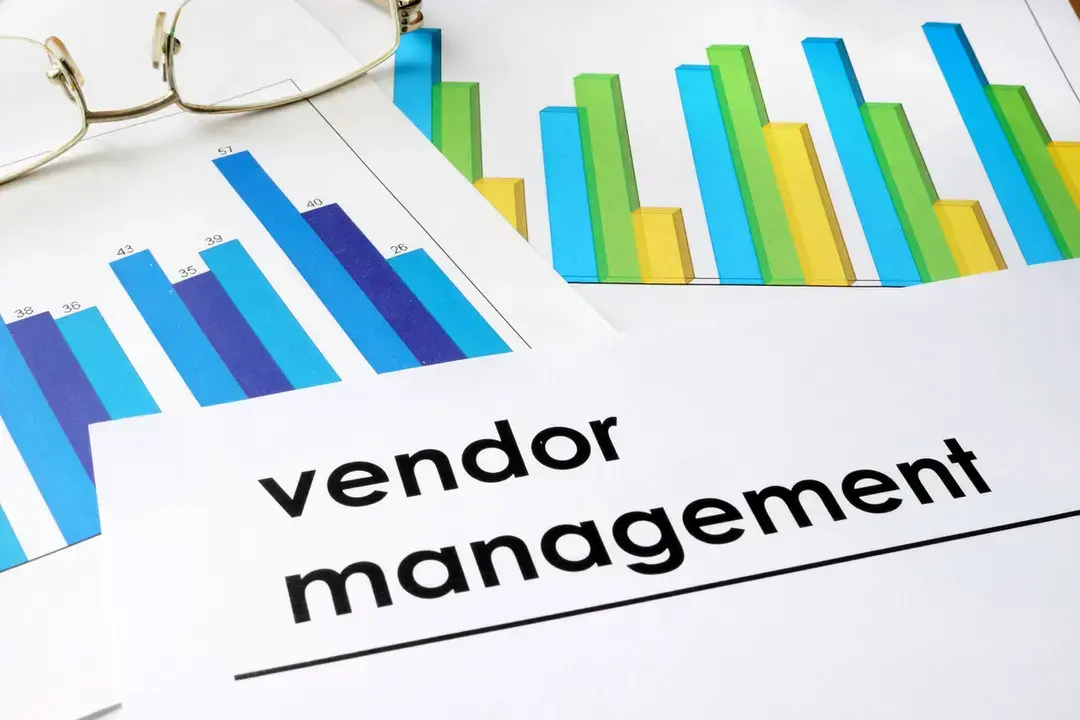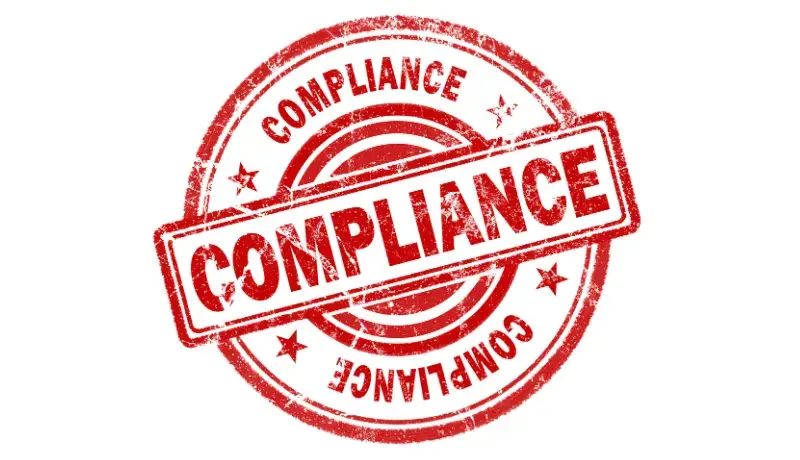How a Manufacturing Enterprise Automated Vendor Onboarding & Approval Processes with RPA + AI
Key Takeaways
- Automation reduced vendor onboarding time from 30–45 days to under 5 days, eliminating bottlenecks and enabling faster execution of the procurement cycle across departments.
- The integrated RPA + AI solution introduced real-time tracking, automated validations, and digital audit trails, ensuring 100% compliance and eliminating the risk of onboarding vendors with incomplete documentation.
- A structured and transparent onboarding process improved communication, reduced vendor follow-ups, and increased satisfaction, helping attract and retain high-quality suppliers crucial for manufacturing agility.
- Over 600 hours of annual manual effort were eliminated, freeing staff to focus on strategic work, such as supplier evaluation, risk analysis, and category planning, which significantly boosted the procurement team’s efficiency.
- AI-driven document understanding standardized unstructured files, auto-extracted key fields, and flagged inconsistencies, allowing accurate, scalable onboarding even with varied document formats and sources.
In the manufacturing industry, efficiency and compliance are not luxuries — they are survival needs. One of the most critical yet overlooked processes in this domain is vendor onboarding and approval. For years, a mid-sized manufacturing enterprise with operations in three states relied on an outdated, manual vendor onboarding system built around emails, spreadsheets, physical documentation, and siloed approvals. The result? Weeks-long delays, compliance risks, vendor dissatisfaction, and inefficient use of valuable staff time.









